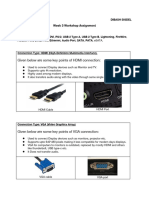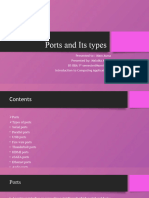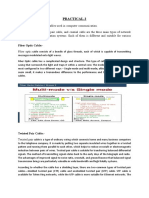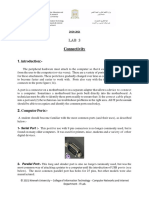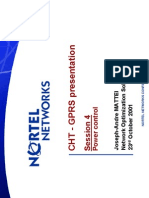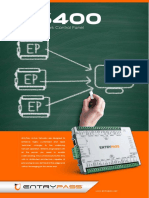0% found this document useful (0 votes)
17 views2 pagesCourse Projects Week 1 JLC
The document outlines a course project requiring students to identify and describe various computer connectors and ports found in their homes. It lists 10 types of connectors, such as RJ45 and USB Type A, along with their functions and the types of data they can transmit. The project emphasizes understanding the role of these connectors in data communication and device connectivity.
Uploaded by
Mary ThompsonCopyright
© © All Rights Reserved
We take content rights seriously. If you suspect this is your content, claim it here.
Available Formats
Download as DOC, PDF, TXT or read online on Scribd
0% found this document useful (0 votes)
17 views2 pagesCourse Projects Week 1 JLC
The document outlines a course project requiring students to identify and describe various computer connectors and ports found in their homes. It lists 10 types of connectors, such as RJ45 and USB Type A, along with their functions and the types of data they can transmit. The project emphasizes understanding the role of these connectors in data communication and device connectivity.
Uploaded by
Mary ThompsonCopyright
© © All Rights Reserved
We take content rights seriously. If you suspect this is your content, claim it here.
Available Formats
Download as DOC, PDF, TXT or read online on Scribd
/ 2






